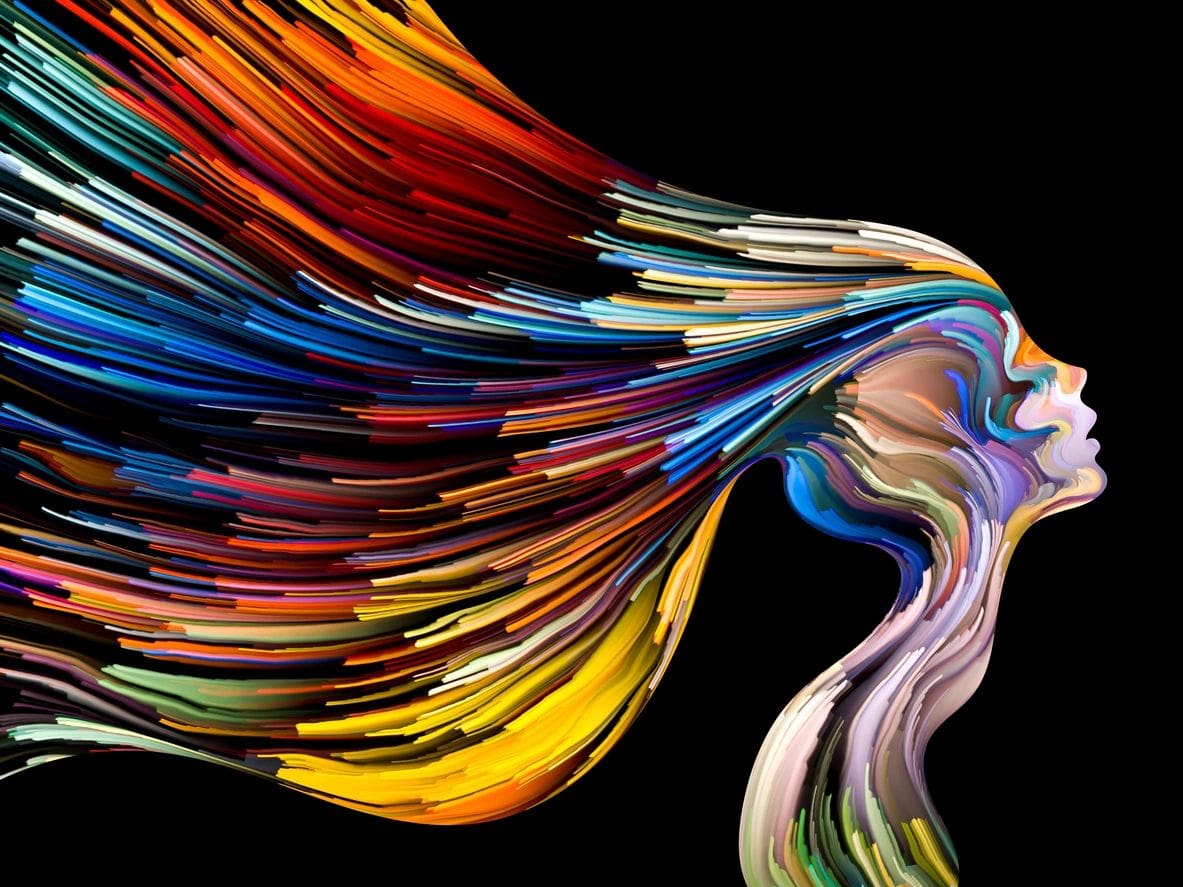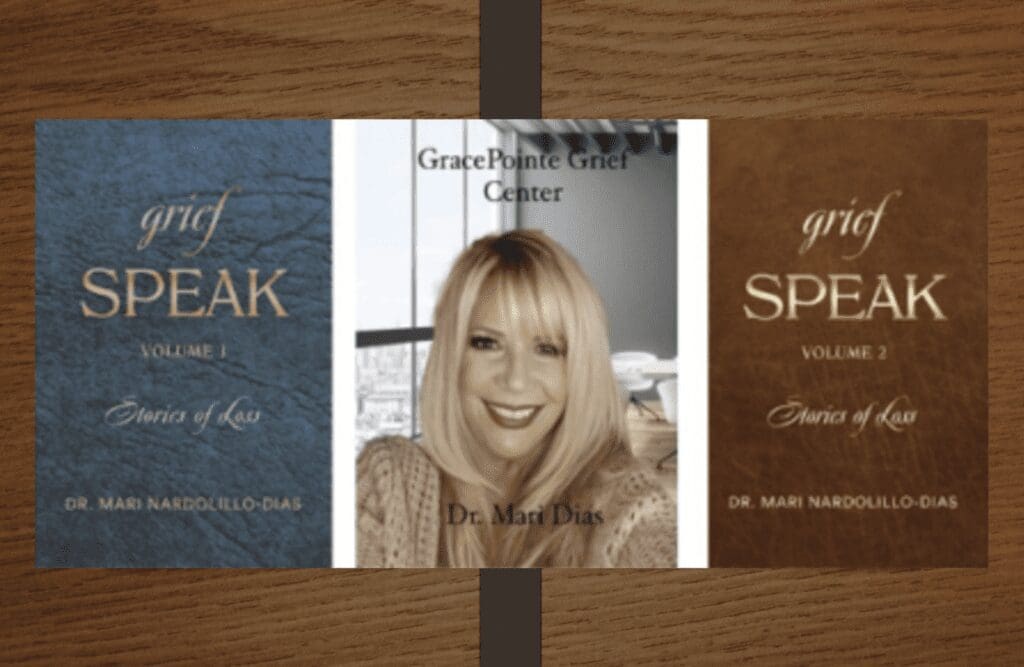Search Posts
Recent Posts
- Outdoors in RI: Help keep recreation areas clean. Invasive Milfoil, trash. 2A update – Jeff Gross July 26, 2024
- Real Estate in RI: Highest-ever sale in Queen’s Grant, EG $1.25M, by Residential Properties July 26, 2024
- Homeless in RI: Gov. Newsom issues Executive Order. Remove California’s encampments. July 26, 2024
- Let the games begin. XXXIII Summer Olympics – John Cardullo July 26, 2024
- GriefSPEAK: What would you do? – Mari Dias Nardolillo July 26, 2024
Categories
Subscribe!
Thanks for subscribing! Please check your email for further instructions.

GriefSpeak: What color is your sadness? – Mari Nardolillo Dias
by Mari Nardolillo Dias, EdD, contributing writer
“Privilege: Having the rare opportunity to do something that brings particular pleasure.”
Grief has no color. Grief has no ethnicity, race, or culture. Nor does grief belong to a social or educational class or gender. Albeit there are different beliefs, values and funereal practices associated with death, death itself is universal and transcends differences. Death is universal. The experiences of death unite us. The pain is universal, as the tapestry of each of us is shared through the threads that connect us. Grief is one of many common denominators.
I hold a special memory of a grief camp where I facilitated a theater workshop with grieving children ages 5-10. We sat in a circle, and in the center, I placed a dozen or so 4” wide, chiffon ribbons of varying colors. We began with a discussion of emotions. Sad. Mad. Glad. I then asked the children if emotions had a color. They all nodded affirmatively. They disagreed with my premise. They concurred that grief does have a color.
“Let’s go around the circle, and one at a time I would like you to go to the middle of the circle and choose the color you’re feeling at this very moment. And why.”
The first little girl on my left stood up and went to the center of the circle. She picked up the yellow ribbon.
“I feel sad because my brother died. Sad is yellow.”
Several other children disagreed.
“Sad is not yellow!”, they exclaimed. Sad is purple!”
The retorts led to a discussion and agreement that emotions do have color, but they may be different for everyone. And that is okay.
The second child was a young boy about 8 years old. He ran to the middle of the circle and chose the black ribbon.
“I chose black because I am mad. Mad to ME is black.” I am mad because my dad died in a car accident.”
The group granted him permission. As we continued around the circle those who had a turn began to wrap their ribbons around their heads, waists, and ankles. A physical manifestation of their feelings. A symbol. Justified. Shared. Acceptance.
When we got around to the end of the group, the youngest member, a little boy about 5 years old stood up and walked purposefully and with great forethought toward the ribbons. He picked up the pink one. And then the purple. And the red. Then the yellow. Lastly, the white. He began to wind and twist them together as he walked back to his place in the circle and sat down. You could hear the gasps from the group.
“You can’t choose more than one! You can only choose one. That’s not fair!” they shouted derisively.
The little boy replied:
“Dr. D said to choose colors that show how we are feeling. I am feeling lots of feelings. I am mad because my mother died. Mad is red. I am peaceful (white), glad (yellow) and a little sad (pink) and a lot sad (purple). I am peaceful and glad because Mommy does not hurt anymore. I am a little bit sad in the afternoon and a lot sad in the morning and at bedtime. I don’t think I feel only one feeling or ‘motion.”
To this little boy, grief includes all the colors. When you have all the colors you have no color. Grief is color blind.
I admit it. I am privileged. The above story and hundreds of others prove that I am privileged, as I “have the rare opportunity to do something that brings particular pleasure.”
Much more than pleasure. Purpose. Insight into the human condition. Humbling. Life is a privilege. As well as sharing the universal “ ’motions of grief.”
___

Dr. Mari Nardolillo Dias is a nationally board-certified counselor, holds a Fellow in Thanatology and is certified in both grief counseling and complicated grief. Dias is a Certified death doula, and has a Certificate in Psychological Autopsy.
She is Professor of Clinical Mental Health, Master of Science program, Johnson & Wales University. Dias is the director of GracePointe Grief Center, in North Kingstown, RI. For more information, go to: http://gracepointegrief.com/
